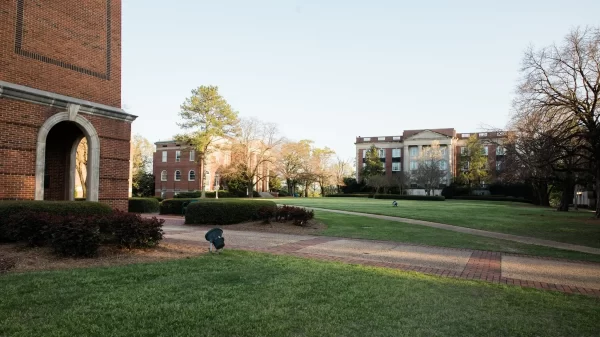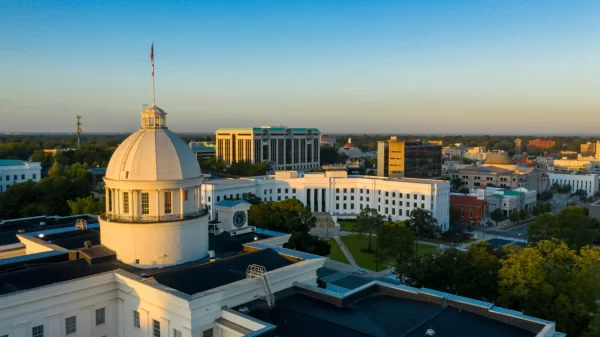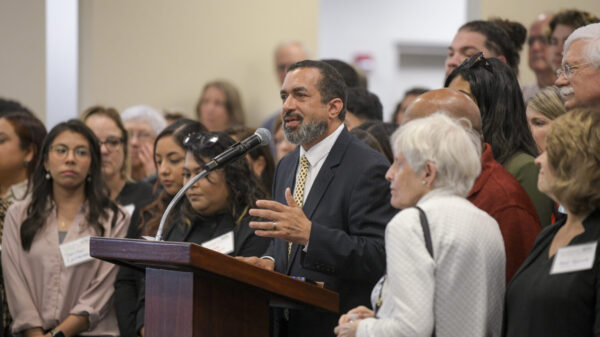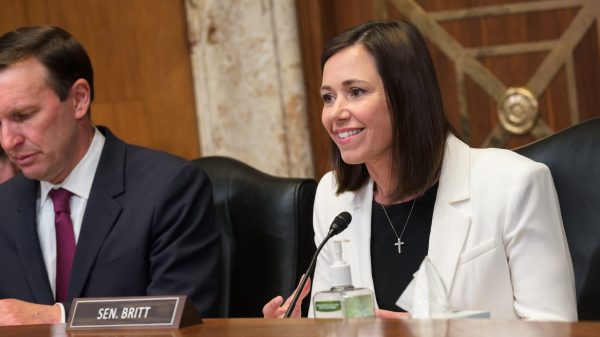By Henry C. Mabry
This is the final in a three-part series focusing on Alabama’s Medicaid issues.
More funds are available without raising taxes
Besides utilization, the other major issue concerns funding and this does not mean nickeling and diming taxpayers year end and year out to bandaid the system. Funding can be addressed in two manners: one dealing with the short term and the other in dealing with the long term. In the short term, various programs could be altered to optimize Medicaid funding. This could save the state $250 million per year and prop up Medicaid needs for a number of years to come with limited additional General Fund contributions.
For years, we have all heard that Alabama gets $3 for every $1 it sends to Washington, D.C., and Alabamians are proud of that fact. Alabamians, though, would not be proud to know that states like Tennessee, Louisiana, Texas, Oklahoma, and Kentucky get more federal funding as compared to state revenues than we do. Why would states richer than Alabama get more relative federal aid? One answer is that Alabama has not maximized federal dollars as these other states have done, and we are not talking about Medicaid Expansion, either, in such comparison.
In the long term, a funding stream is needed to generate more money for Medicaid that more suitably matches Medicaid growth needs. This is not about raising revenue or unearmarking, but rather this is about taking realized savings or rededicating existing assets to maximize those assets.
As mentioned, the state General Fund grows two or three percent. Medicaid’s state General Fund need grows nine percent and this percentage may be in the double digits soon. Just recently, lawmakers like Sen. Del Marsh, Speaker Mike Hubbard, Sen. Trip Pittman, and Sen. Greg Reed said how Medicaid funding is unsustainable at the same state General Fund need level of growth. These lawmakers are right. Again, if the state General Fund grows at two percent and Medicaid’s need grows at nine or ten percent then something has to give. In other words, if the General Fund grows at two percent and Medicaid needs another five percent out of the General Fund’s flesh on an annual basis, then somebody is going to lose.
Old playbook tool can help in the long-run
In 2000, Gov. Don Siegelman proposed a constitutional amendment to the Alabama Trust Fund to address this particular problem, and that amendment was ratified by the voters. Besides providing a way to fund economic development projects, the amendment was designed to generate more money for the state General Fund more in line with the costs of health care. Medical inflation has been higher than other forms of inflation and Medicaid was a concern then as it is a concern now. The state General Fund had the same growth pattern then as it does now. Comparing revenue to spending, the General Fund during that period was at most $1.4 billion versus being $1.8 billion now. Medicaid spending was approximately $200 million then and it is $700 million now. This snapshot tells the tale.
Before the constitutional amendment, the Alabama Trust Fund was invested in bonds to generate income because there was little incentive to invest in equities from a cash flow perspective. Basically, only annual interest income could be spent for the benefit of the state General Fund, cities, counties, and Forever Wild, so investments were income-based. What we did was say a portion of equity capital gains could be spent every year for the state’s benefit.
The idea was this: if income-based securities earn three or five percent a year and stocks earn eight or twelve percent a year, then more income could be generated by investing a portion of the Alabama Trust Fund in stocks to boost the return and produce more money for cost cows like Medicaid and other health-related services that grow more than the low single digits. Subsequently, this strategy produced over $700 million in extra cash over a number of years to help prop up the state General Fund and the new money needs like Medicaid in particular. The authorization of the use of capital gains was later changed in another constitutional amendment, but the idea worked for some time, and the state General Fund and Medicaid benefitted from this approach. Is this a panacea? No, it is not, because it would take much, much savings to offset the magnitude of the Medicaid need, but it would help if the goal is to keep the program going in a compliant manner for a long time without raising revenue.
Alabama has no revenue sources (other than maybe one and a portion of another) that grow, on average, seven, eight, or nine percent per year. Medicaid needs a trust fund of sorts, similar to the Alabama Trust Fund, that can generate additional revenue at a higher rate of return than the book of revenue sources that presently supports the state General Fund and Medicaid.
More changes needed or taxes coming
The Alabama Medicaid Agency has done well over the years containing costs relative to other states in the country. Additional strategies exist to further contain costs, and other strategies exist that could generate additional dollars to support the future of Medicaid. Long term, policy makers could further address future Medicaid needs that outstrip state General Fund growth. Without taking proactive approaches in each of these areas there will either be losers in Medicaid or other state government service delivery areas, pressure to raise revenue, or both.
Dr. Henry C. Mabry served as State Finance Director from 1999-2003. He currently heads Mabry & Co., and can be reached at [email protected]






















































